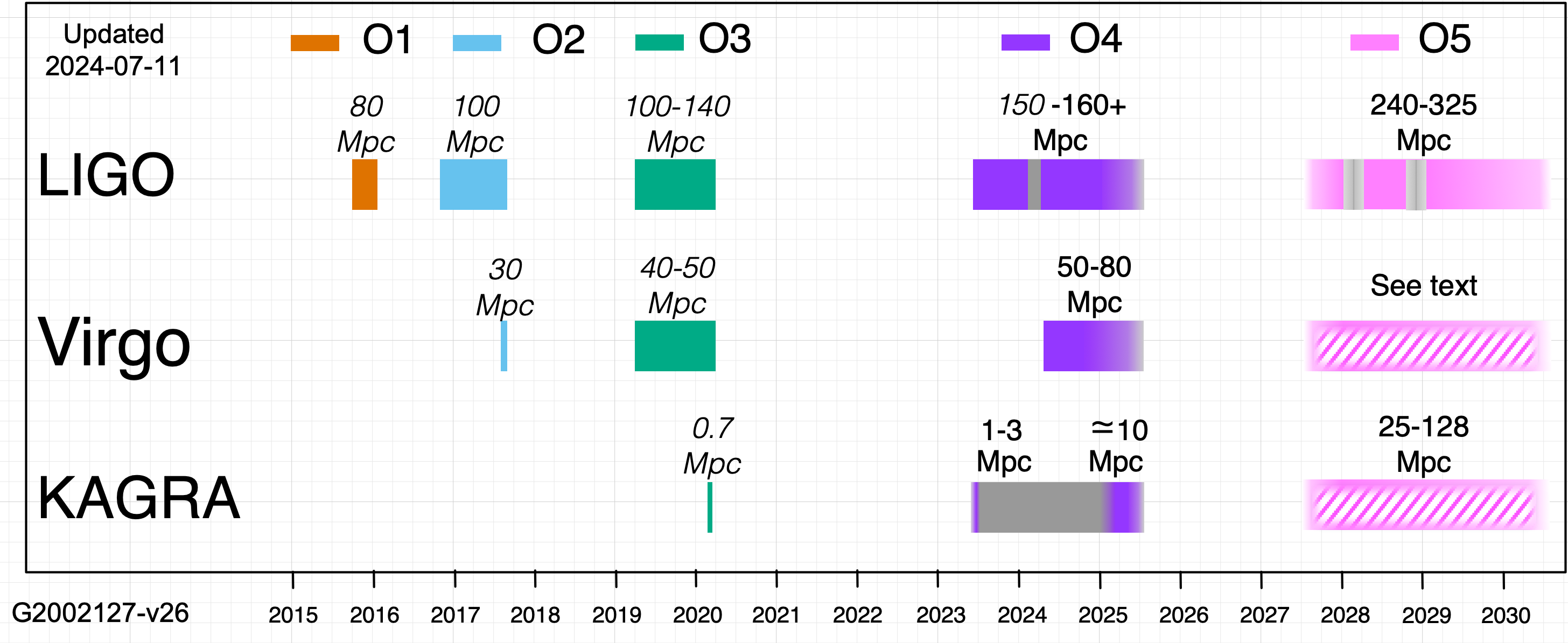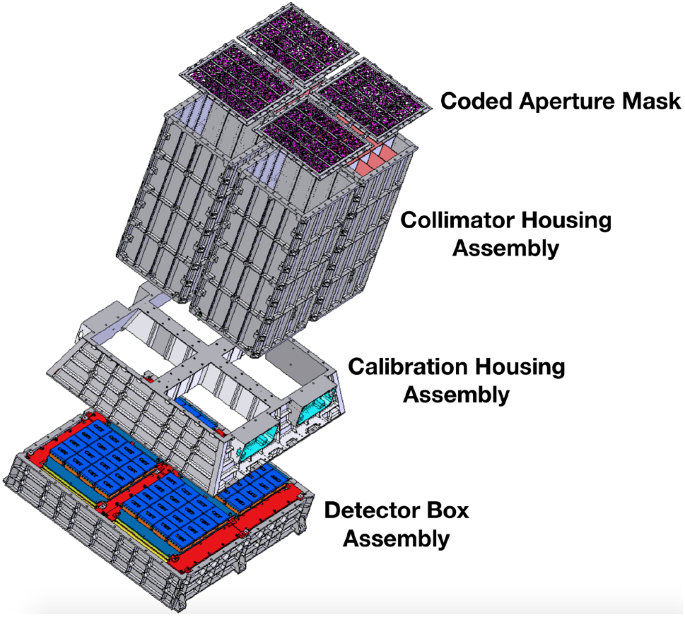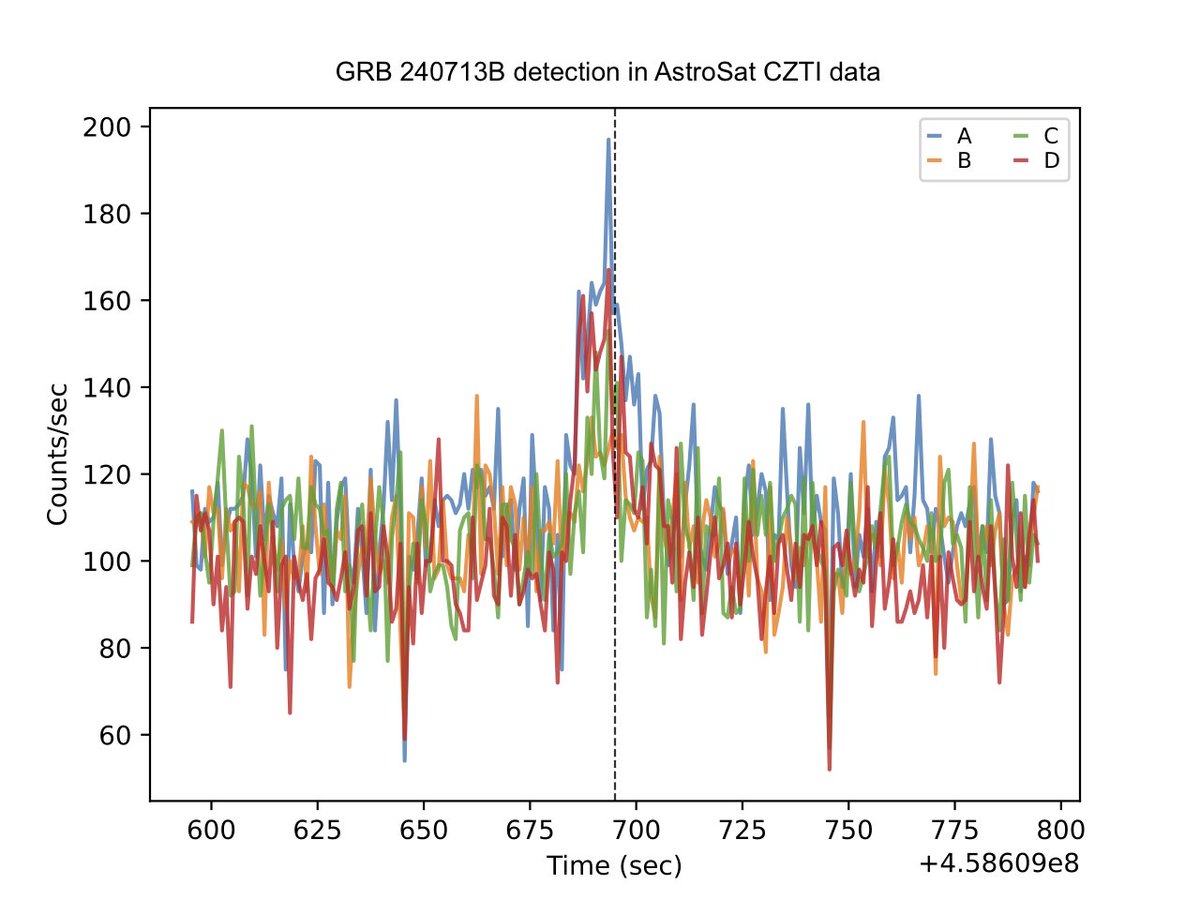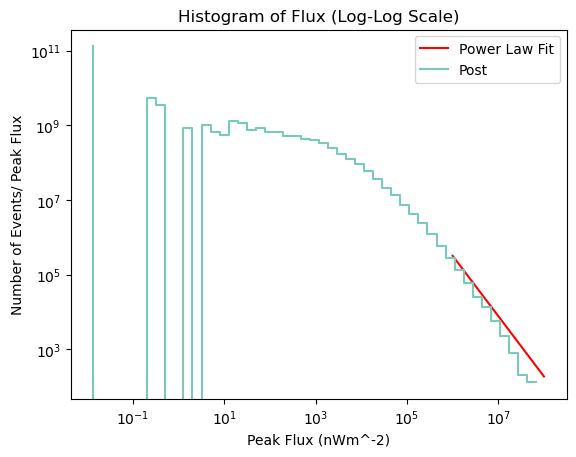SOME KEY PROJECTS
Study and Search of Electromagnetic Counterparts of Gravitational Waves
Under the guidance of Prof. Varun Bhalerao and Gaurav Waratkar at IIT Bombay, I am conducting an in-depth study focused on the search for electromagnetic counterparts to gravitational waves. This research primarily involves the analysis of a range of spectral models and a thorough investigation of their impact on flux limits for transients observed across various regions of the sky. By examining the detectability of significant Gamma-Ray Bursts (GRBs), such as the well-known GRB 170817A, I aim to evaluate the effectiveness of these spectral models in enhancing detection capabilities. Additionally, this study is extending its reach to incorporate all low-significance triggers from the O4 observing run, a strategic move designed to expand sensitivity and increase the likelihood of identifying transient events across a wider breadth of observational data. This research contributes to a more comprehensive understanding of transient detection and serves as a valuable step toward uncovering electromagnetic signatures that accompany gravitational wave events.

Search for Gamma Ray Bursts using AstroSat CZTI
During my work with the Cadmium Zinc Telluride Imager (CZTI), I developed a strong proficiency in analyzing fast transients, particularly focusing on Gamma-Ray Bursts (GRBs) and LIGO-Virgo-Kagra (LVK) events. To enhance the efficiency of this analysis, I engineered an automated monitoring bot specifically for triggered searches, ensuring prompt data acquisition for GRB and LVK events. Additionally, I meticulously reorganized and streamlined the output files, resolving multiple bugs within the analysis pipeline to improve data integrity and make data more accessible for further research and reporting. This comprehensive approach facilitated smoother workflows and significantly enhanced the reliability of the data. Furthermore, I contributed actively to the Gamma-Ray Burst Coordinates Network (GCN) by authoring and publishing 13 circulars, sharing critical findings with the wider research community.


Study of Solar Flares using XSM Catalog
In 2024, under the remote guidance of Arvind Bharathi who is at UC San Diego, I engaged in a comprehensive study of solar flares using the X-ray Spectrometer (XSM) catalog obtained from the advanced solar observation instruments aboard the Chandrayaan-2 orbiter. My work involved a detailed analysis of X-ray light curves, enabling me to examine the intricate dynamics of solar flares. To deepen my understanding of flare behavior, I conducted an extensive review of research papers focused on High-Temperature Flares (HTF) and impulsive flares. Additionally, I performed a background-subtracted peak flux analysis, employing power-law fits to evaluate the flux distribution. Utilizing a Monte Carlo approach, I assessed the exponent α in the power-law distribution, thereby contributing to a more nuanced understanding of solar flare phenomena.

Exploring Radiative Processes using Radio Astronomy Data Analysis
During the summer of 2023, I had the opportunity to explore radiative processes through radio astronomy data analysis under the guidance of Dr. Arvind Balasubramanian and Kunal Deshmukh. I analyzed FITS images of celestial jets across Radio, Infrared, and Visible wavelengths using the CIRADA data. Throughout the project, I mastered foundational radio astronomy concepts utilizing CASA software for data analysis and developed proficiency in processing radio telescope data to generate informative plots for clear visualization. Additionally, I employed MCMC techniques to extract the afterglow of GW170817 and investigated fast radio bursts (FRBs) and dispersion measure (DM) values for insights into energetic bursts.